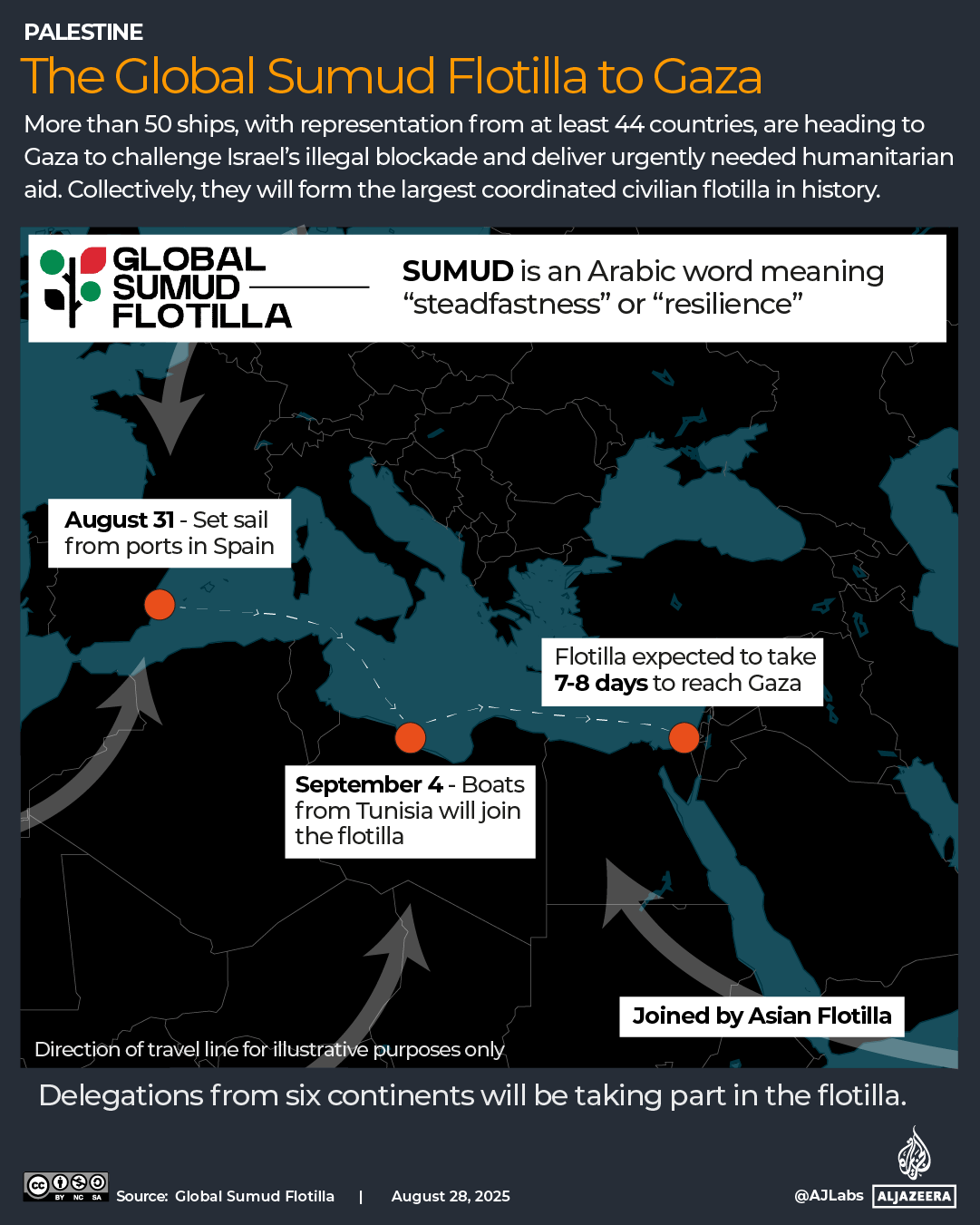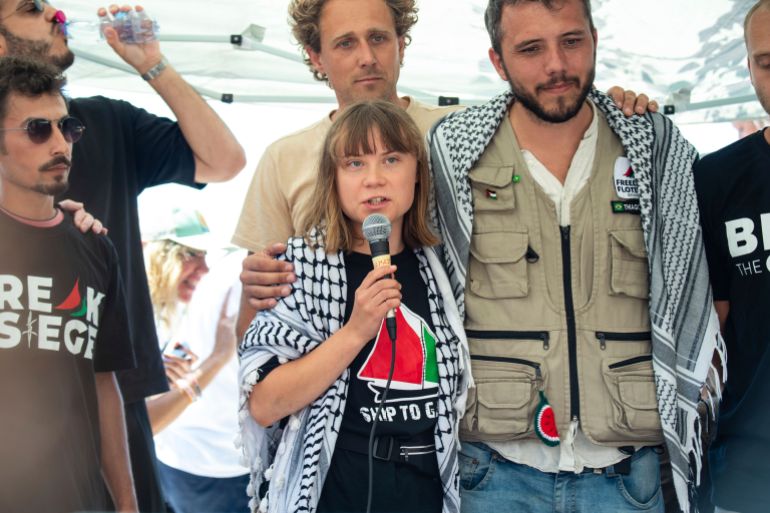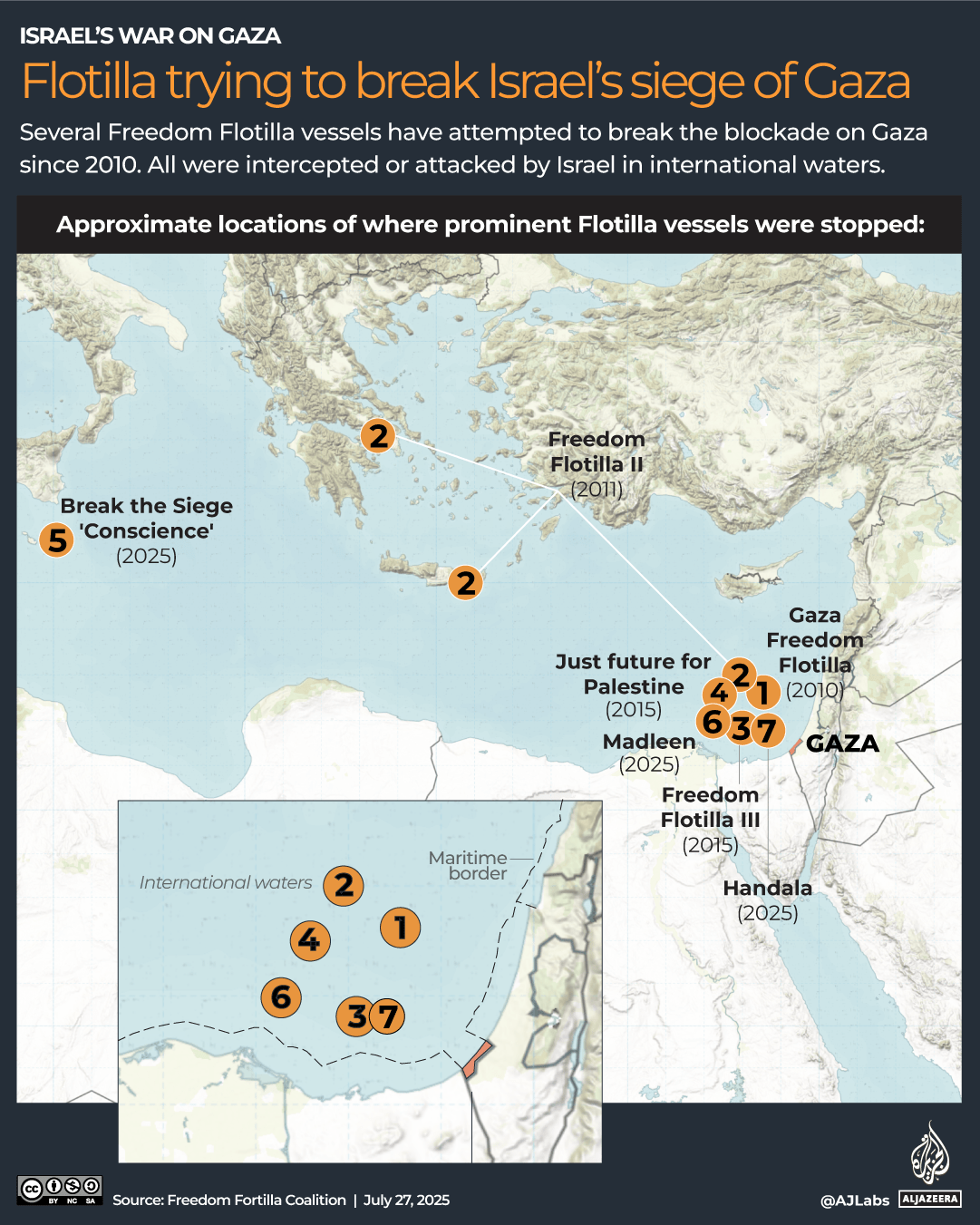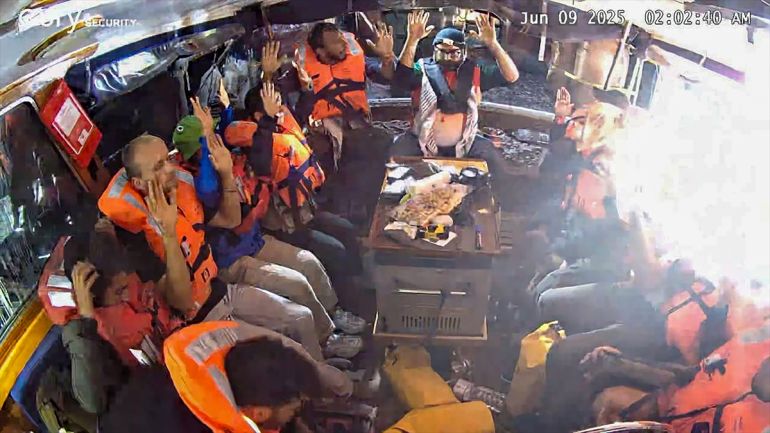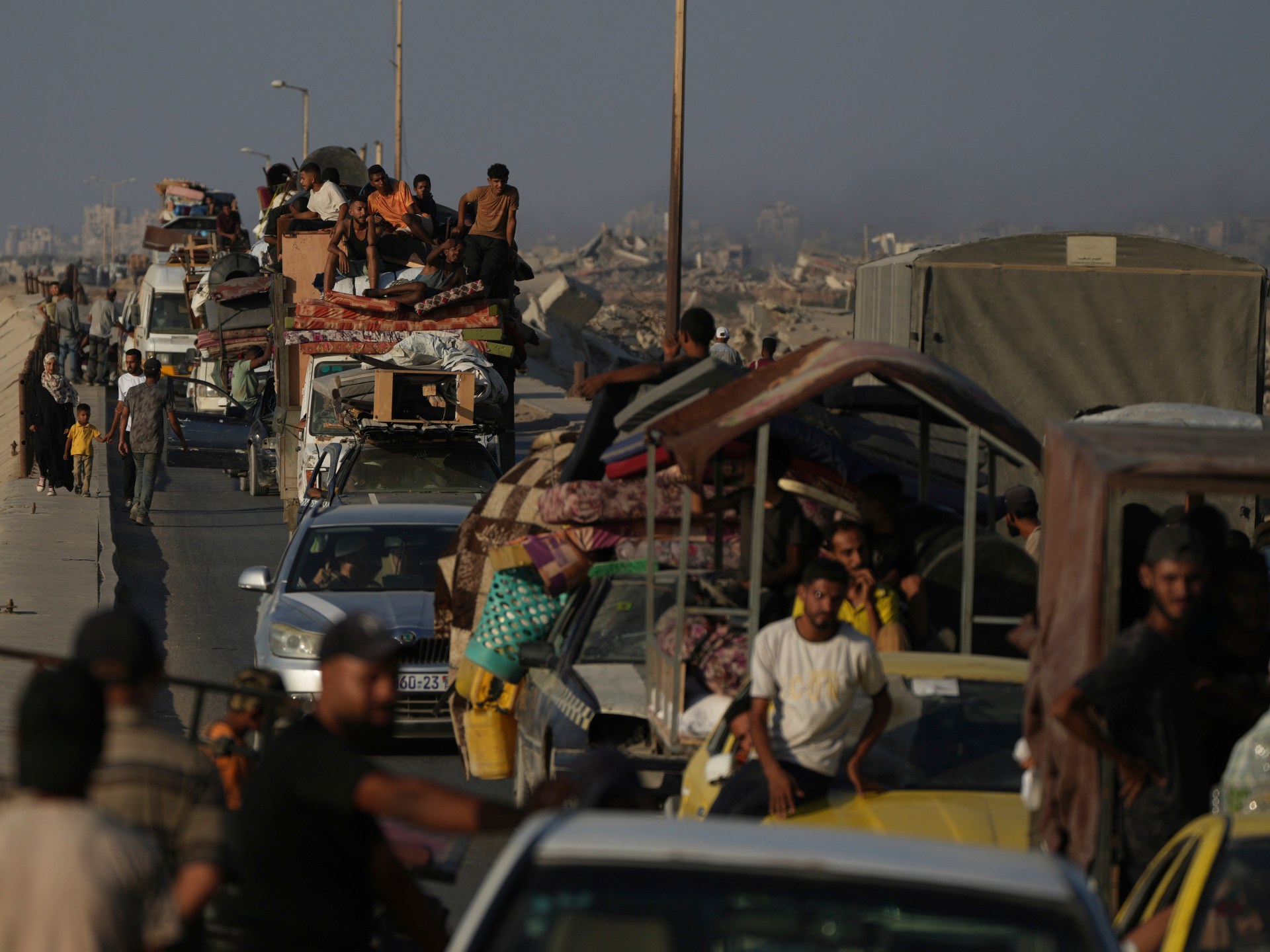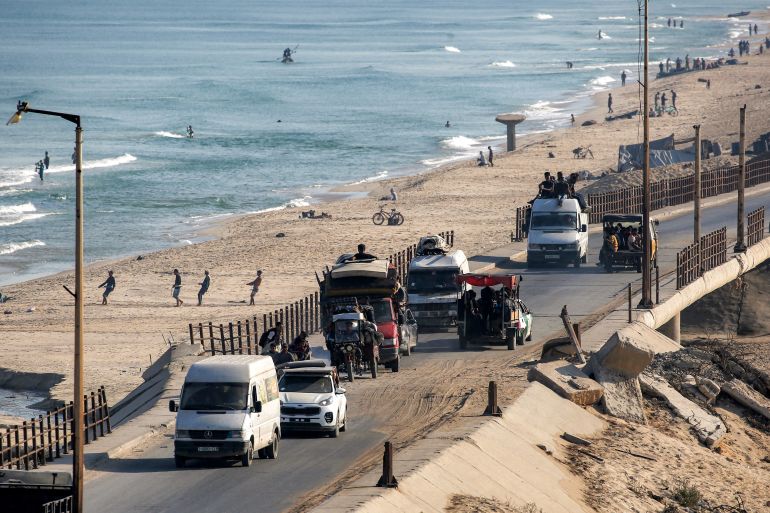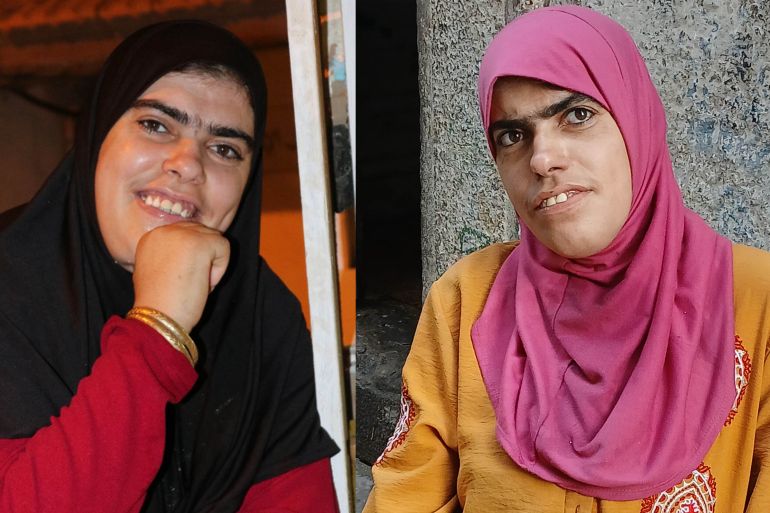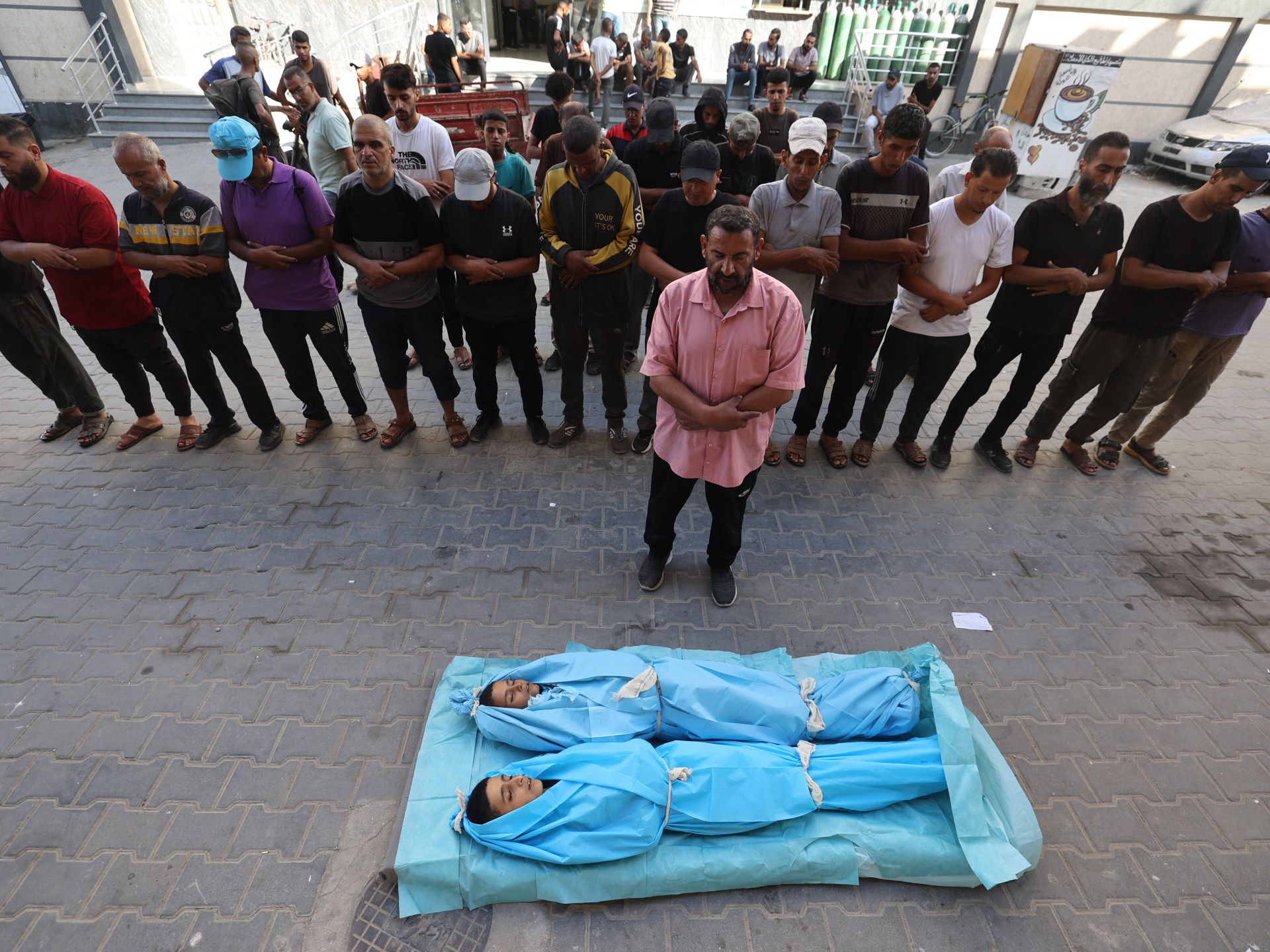Flotilla with Greta Thunberg on board departs Spain for Gaza

Some of the 20 ships hoisting the Palestinian flag dock in the port in Barcelona, Spain, ahead of departing on September 2025, for Gaza. Photo by Quique Garcia/EPA
Sept. 2 (UPI) — A flotilla of boats loaded with medical supplies and food and carrying climate justice advocate Greta Thunberg has departed Spain for Gaza with aims to break Israel’s blockade of the Palestinian enclave.
The convoy left Barcelona Monday, according to a statement from the Global Sumud Flotilla posted to its Instagram account.
“We are united in our mission to break the siege, deliver aid and open a people’s humanitarian corridor,” it said.
“When the world stays silent, we set sail.”
The mission departed following a one-day delay due to strong winds. A sea trial had been conducted Sunday, but faced with 30-knot winds, the flotilla postponed the launch to protect its smaller boats.
According to Global Sumud Flotilla, its mission is to “break Israel’s illegal siege of Gaza” and demonstrate that its blockade of the Palestinian enclave is “collective punishment of a civilian population.”
The flotilla is expected to consist of 50 boats, with a second launch scheduled for Thursday from Tunis, Tunisia.
“Each departure will see dozens of boats carrying medical supplies, nutritional aid, and solidarity crews, converging in the Mediterranean before attempting to reach Gaza,” Global Sumud Flotilla said in a statement earlier this month.
The flotilla said hundreds of activists from more than 45 countries, including Thunberg, were a part of the first launch.
In a recorded statement published online ahead of the launch, Thunberg said that, along with delivering humanitarian aid, they are bringing a message of hope to Palestinians, showing that the world has not forgotten about them.
“We have to be very clear that Palestinians do not need anyone to come to their rescue. We don’t just need aid and food to be delivered to Gaza, we need an end to the occupation, we need an end to the apartheid system and we need an end to the genocide,” she said.
“And we need justice and freedom for everyone, from the river to the sea.”
Israel has enforced a land, sea and air blockade of Gaza since Hamas’ takeover of the enclave in 2007. The blockade has further been tightened since the Iran-backed militia’s Oct. 7, 2023, attack on Israel.
The government of Israeli Prime Minister Benjamin Netanyahu began to allow aid into the country in May following a three-month prohibition, but international organizations say it is not enough.
On Friday, the United Nations Office for the Coordination of Humanitarian Affairs said Gaza was “on a descent into a massive famine.”
“They all need food,” OCHA spokesperson Jens Laerke told reporters. “The entire Gaza Strip needs food. There would not have been a declared famine had there been sufficient amounts of food.”
According to the Palestinian Ministry of Health, nearly 350 Palestinians, including 127 children, have died of starvation, a situation widely attributed to Israel.
UNWAR Commissioner-General Philippe Lazzarini said in a statement Aug. 22 that “This is starvation by design and manmade by the government of Israel.”
Israel has denied the allegation.
The International Criminal Court has issued an arrest warrant for Netanyahu, as well as former Defense Minister Yoav Gallant, on allegations of using starvation as a method of warfare.
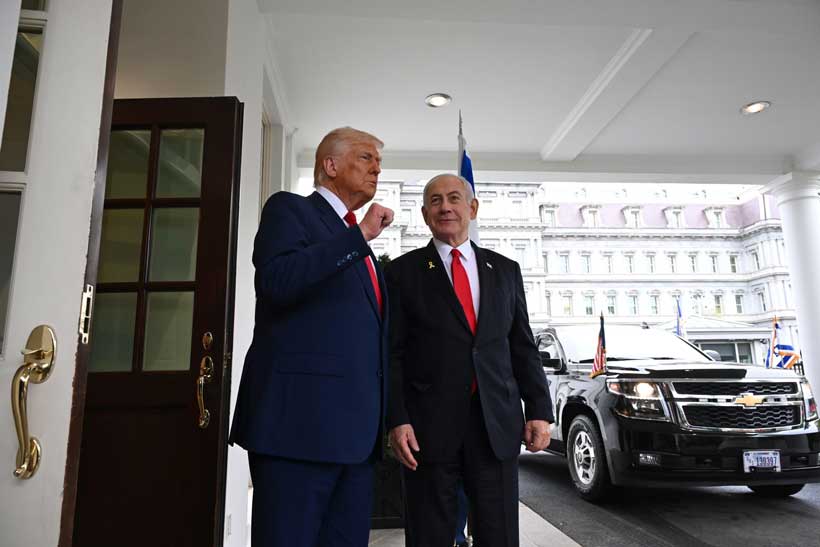

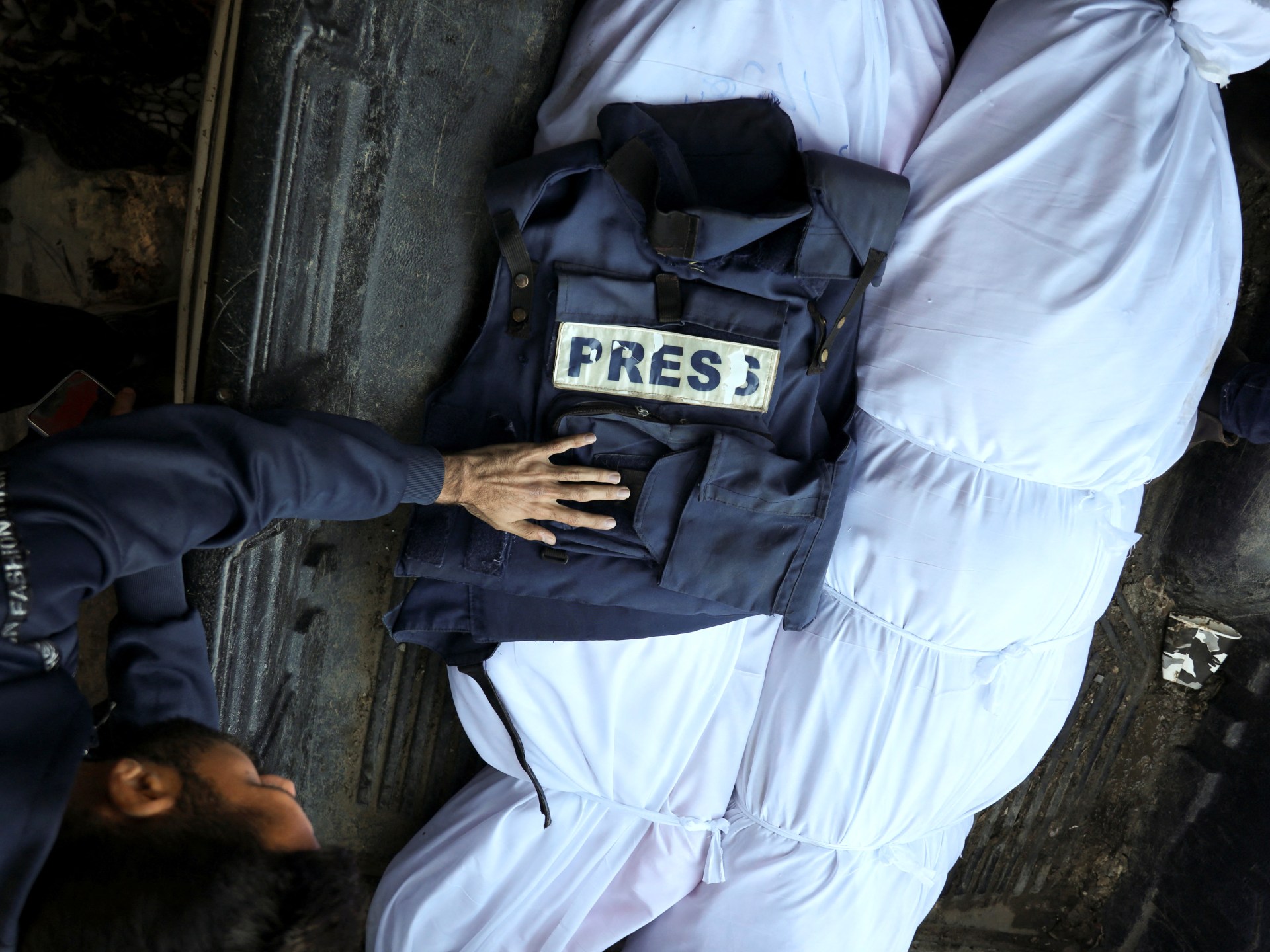
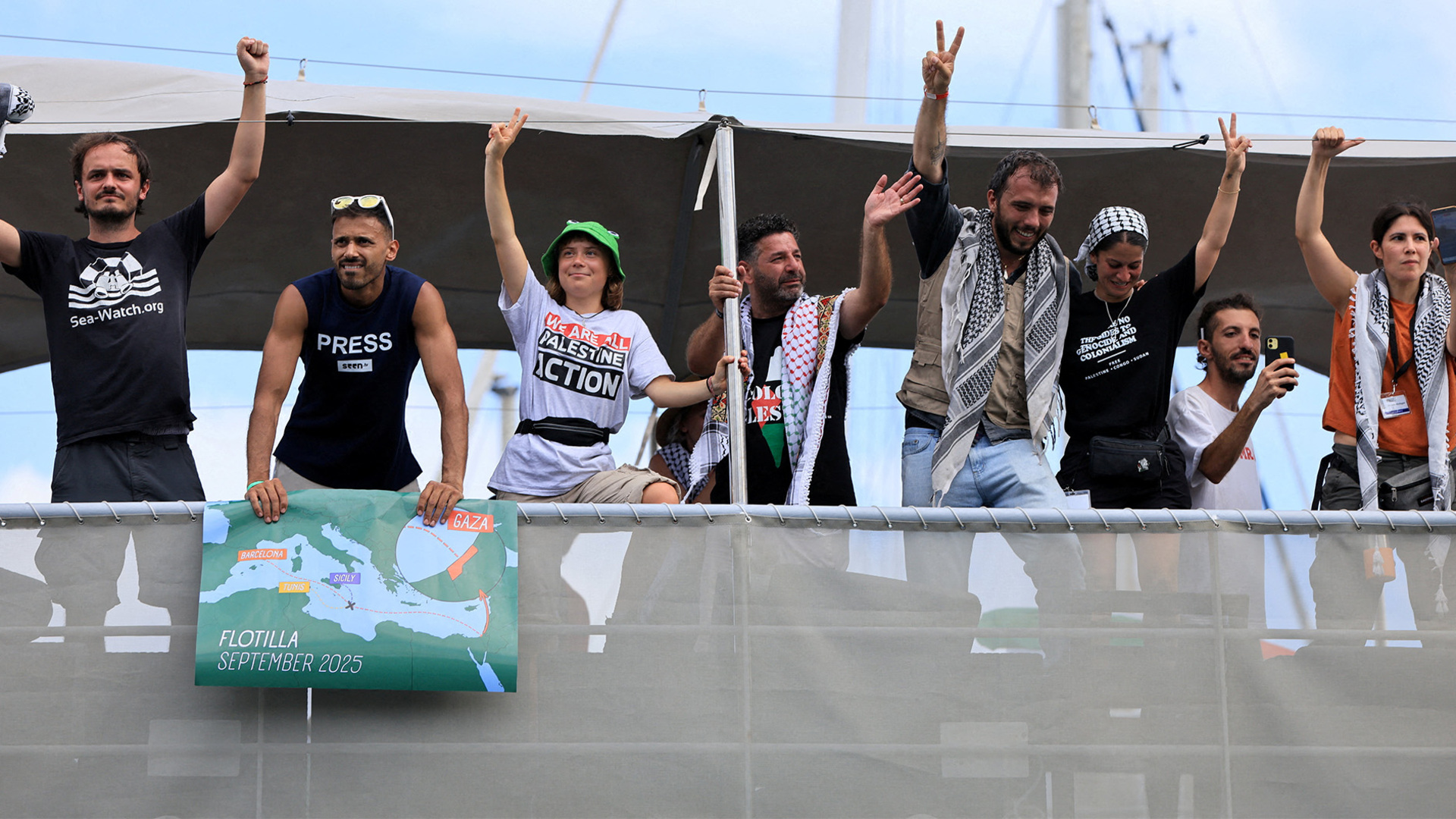



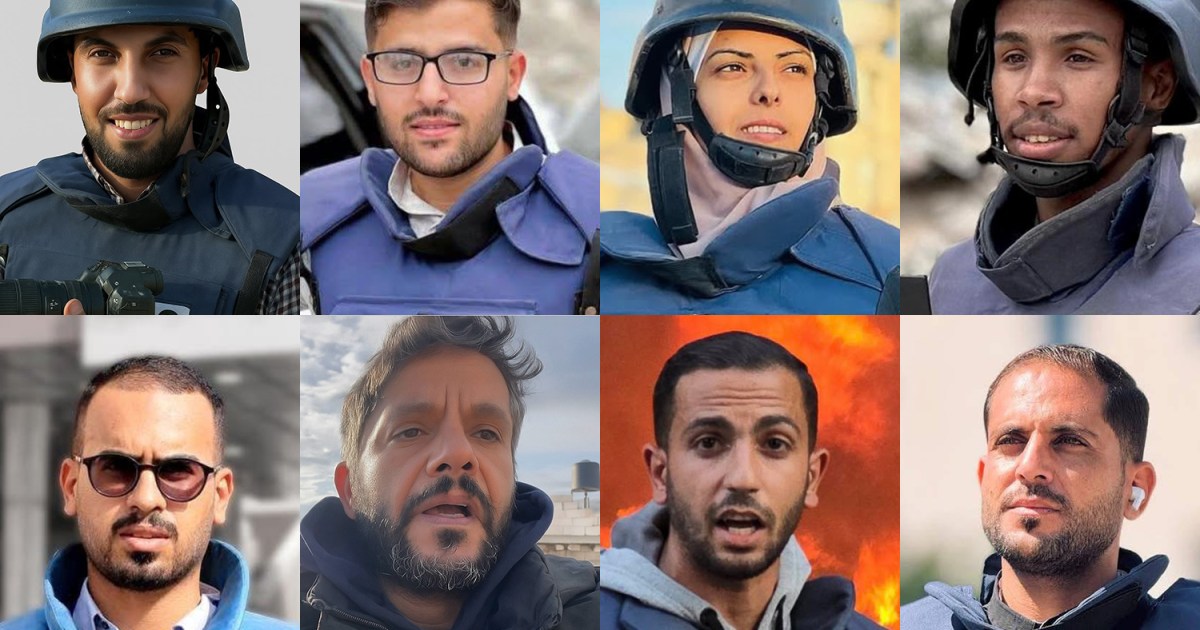
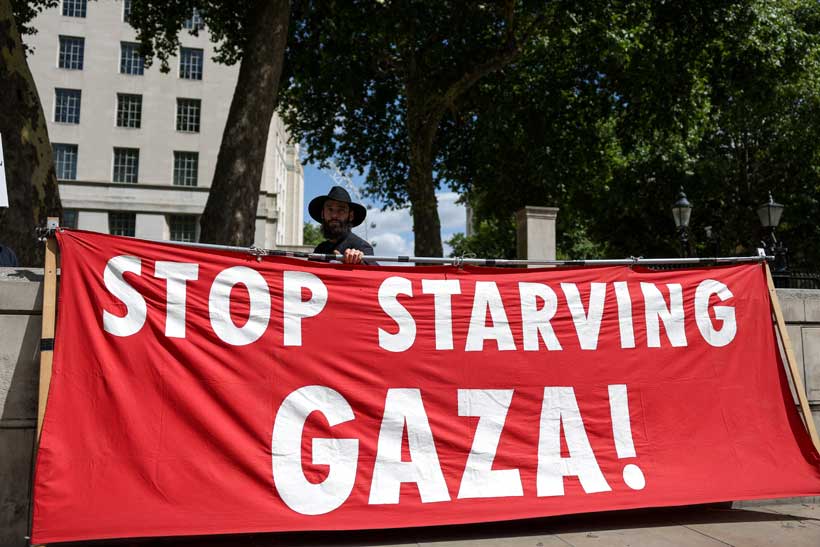
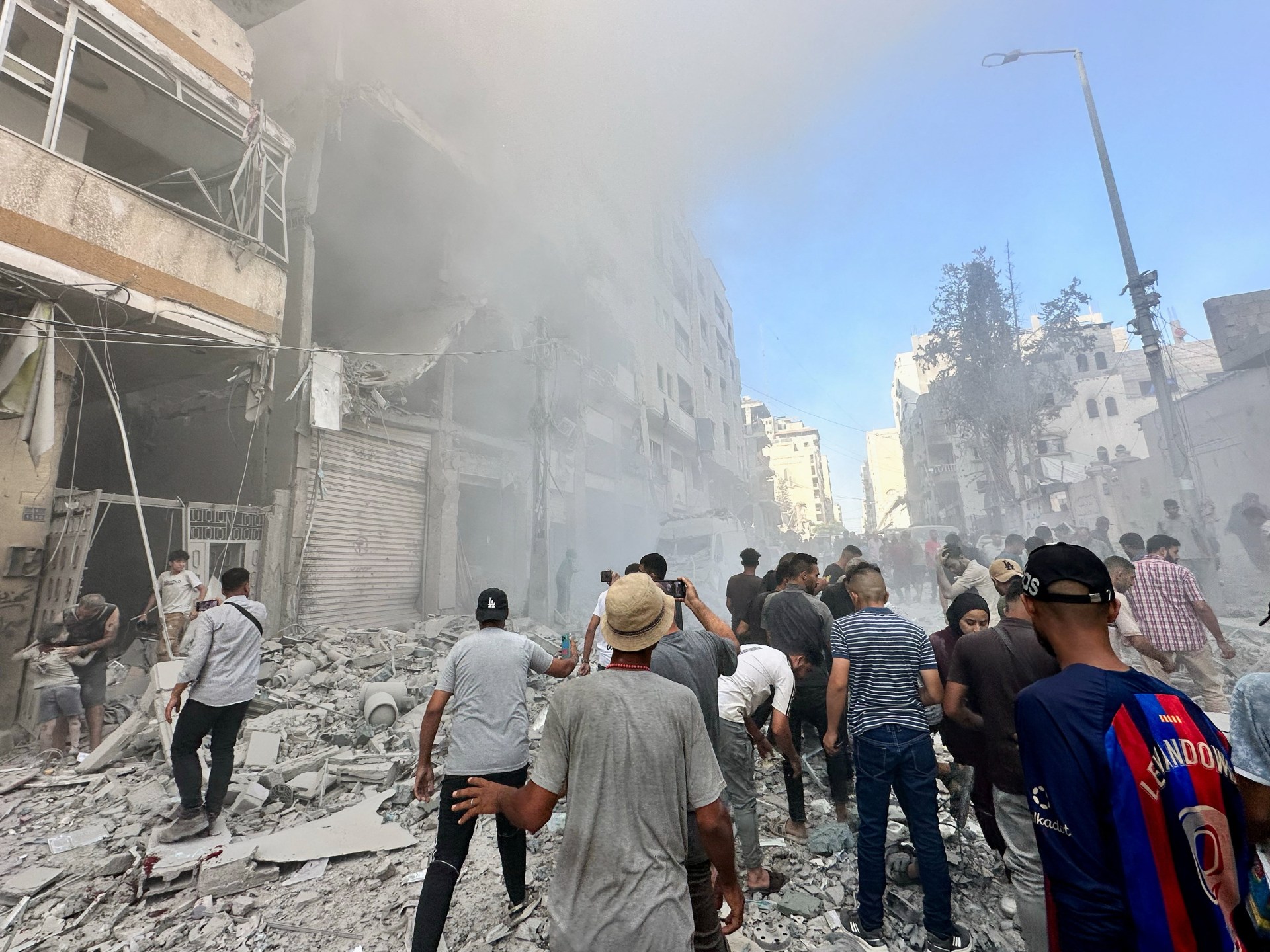
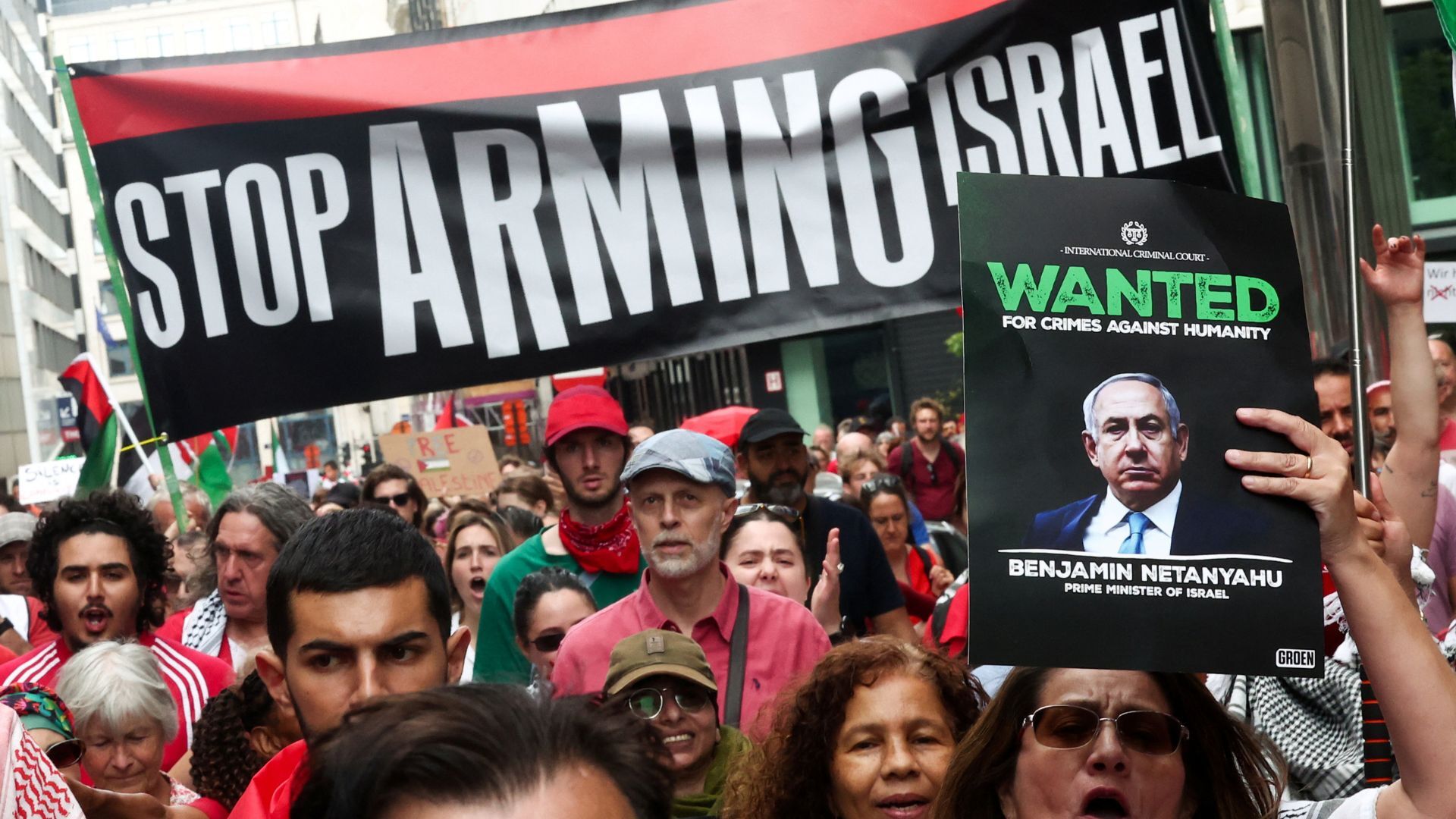
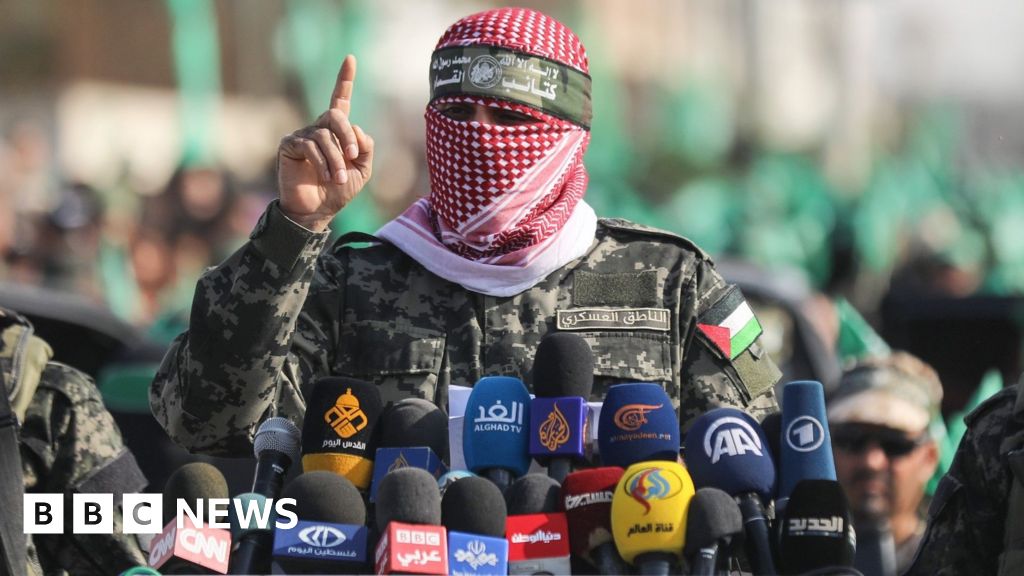
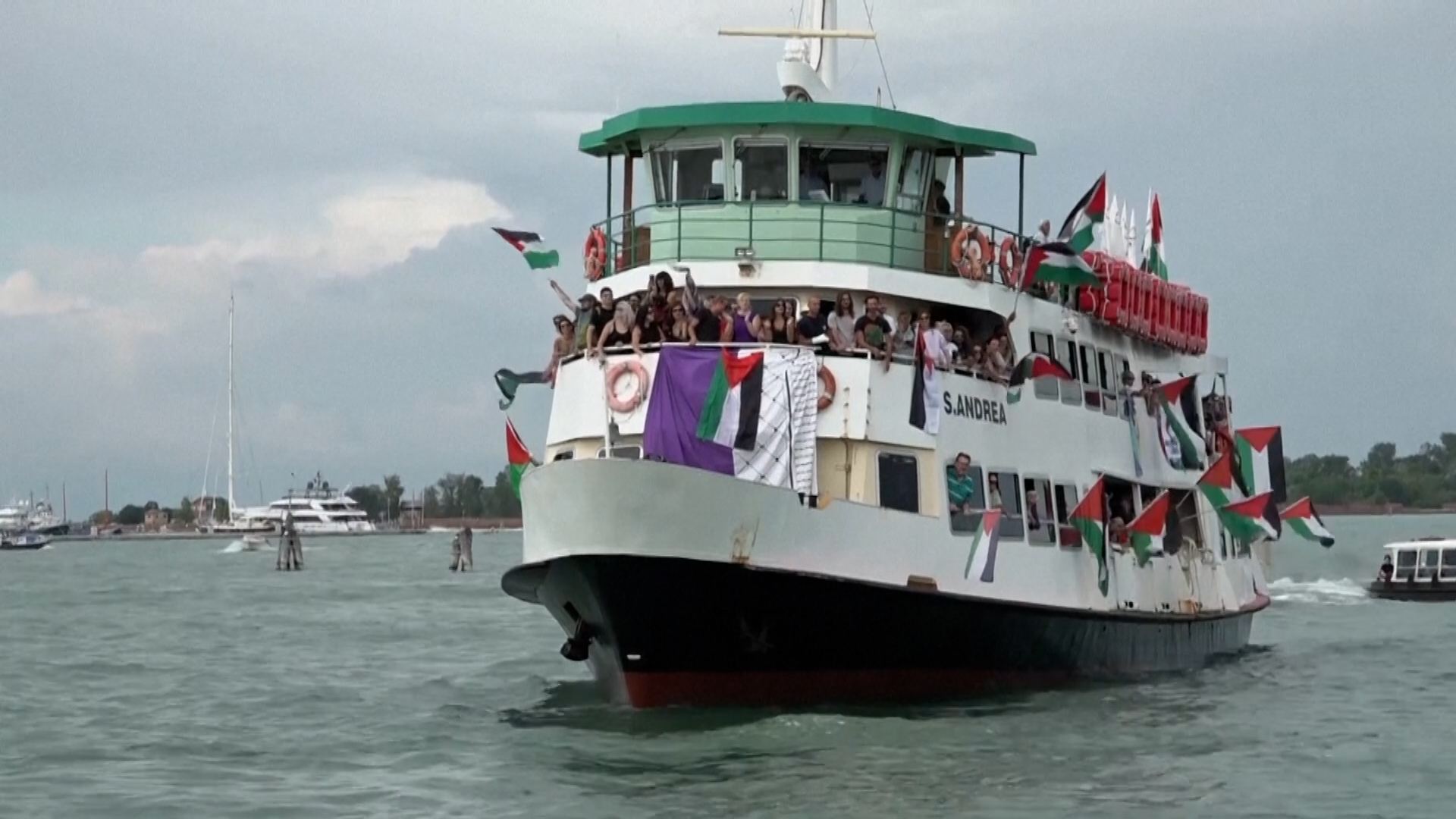


![Luna Valentina [Mauricio Morales/Al Jazeera]](https://www.aljazeera.com/wp-content/uploads/2025/08/576A6746-1756632046.jpg?w=770&resize=770%2C513&quality=80)

